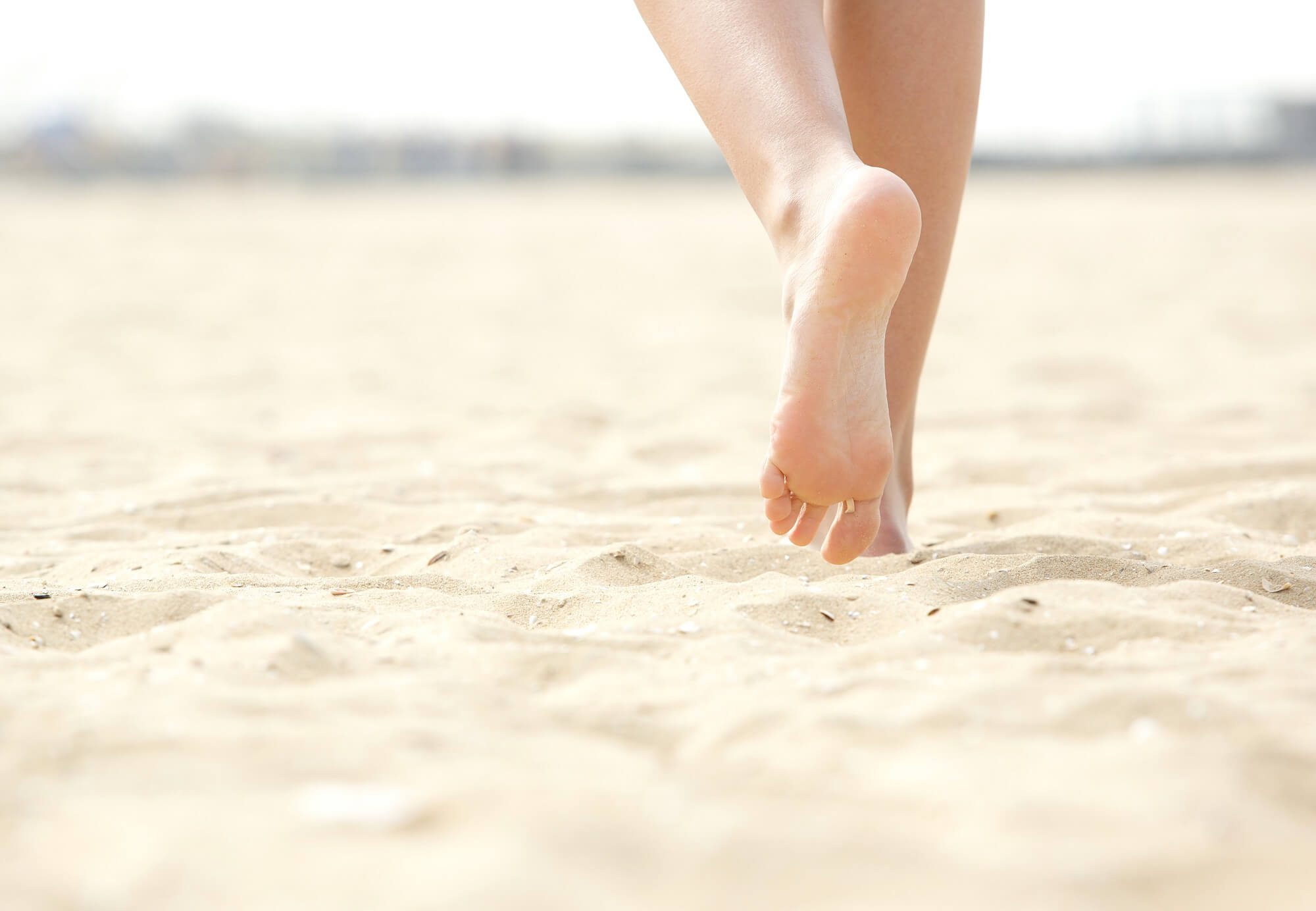How Staying At Home Can be a Good and a Bad Thing for Heel Pain?
Dr Herpal believes that staying at home for a couple of months can have both a negative and a positive impact on the feet. The reason for that is relatively simple. When we remain indoors, we are prone to having a sedentary lifestyle. We don’t walk as much or do anything that will engage the muscles. At one end, this is good for the bunions if you have to relax. You also reduce the possibility of fractures and sprains. But, in the long haul, all this lack of exercise will take a toll on the feet. The more you avoid workouts, the more fat you are going to pile up. In time, the excess fat will put a lot of pressure on the bearing joints and cause heel pain. Also, you are more likely to do standing chores like dishwashing and cooking. This will make the heel pain from plantar fasciitis a lot worse. Another major contributor is the lack of space. The doctor believes that when you don’t have enough space to move around with ease, you can’t stretch the foot as much as you need. As a result, people are prone to stiffness, discomfort, and pain.Heel Pain with Tile Floors ?
The pain appears when the thick band around the protective tissue of the heel bone gets torn or stretched. This irritates the tissue and results in inflammation. The most prevalent causes are lack of physical activity or strain. However, there is something else that can make the problem worse – walking barefoot on tile floors. Heel pain with tile floors is not something that recently popped up. Many experts have considered tiles as a negative influence on feet health for a while now. Tiles are often cold and slippery. When we walk over them, we don’t have that grip as we do when we walk on carpets or wood flooring. Because of that, we increase the odds of experiencing micro-tears in the plantar fascia. The ache can be consistent, throbbing, or sharp, and is often accompanied by stiffness and swelling.What’s the Right Heel Pain Treatment?
There are ways you can treat the pain that can also be effective in preventing the symptoms in the future. Here are a few options you might want to try:- Wear indoor footwear with a firm grip.
- Use carpets around the house.
- Apply a hot compress to the affected area to speed up the blood flow and rejuvenation.
- Do stretches, like yoga or physiotherapy.
- Don’t run or jump when you feel pain.
- Get enough rest.
Exercises for Heel Pain
 A lot of people are interested in trying out heel pain exercises. They are stretches that can calm the sensations and soothe the discomfort. Here are a few that can be helpful.
A lot of people are interested in trying out heel pain exercises. They are stretches that can calm the sensations and soothe the discomfort. Here are a few that can be helpful.
Leave a Comment